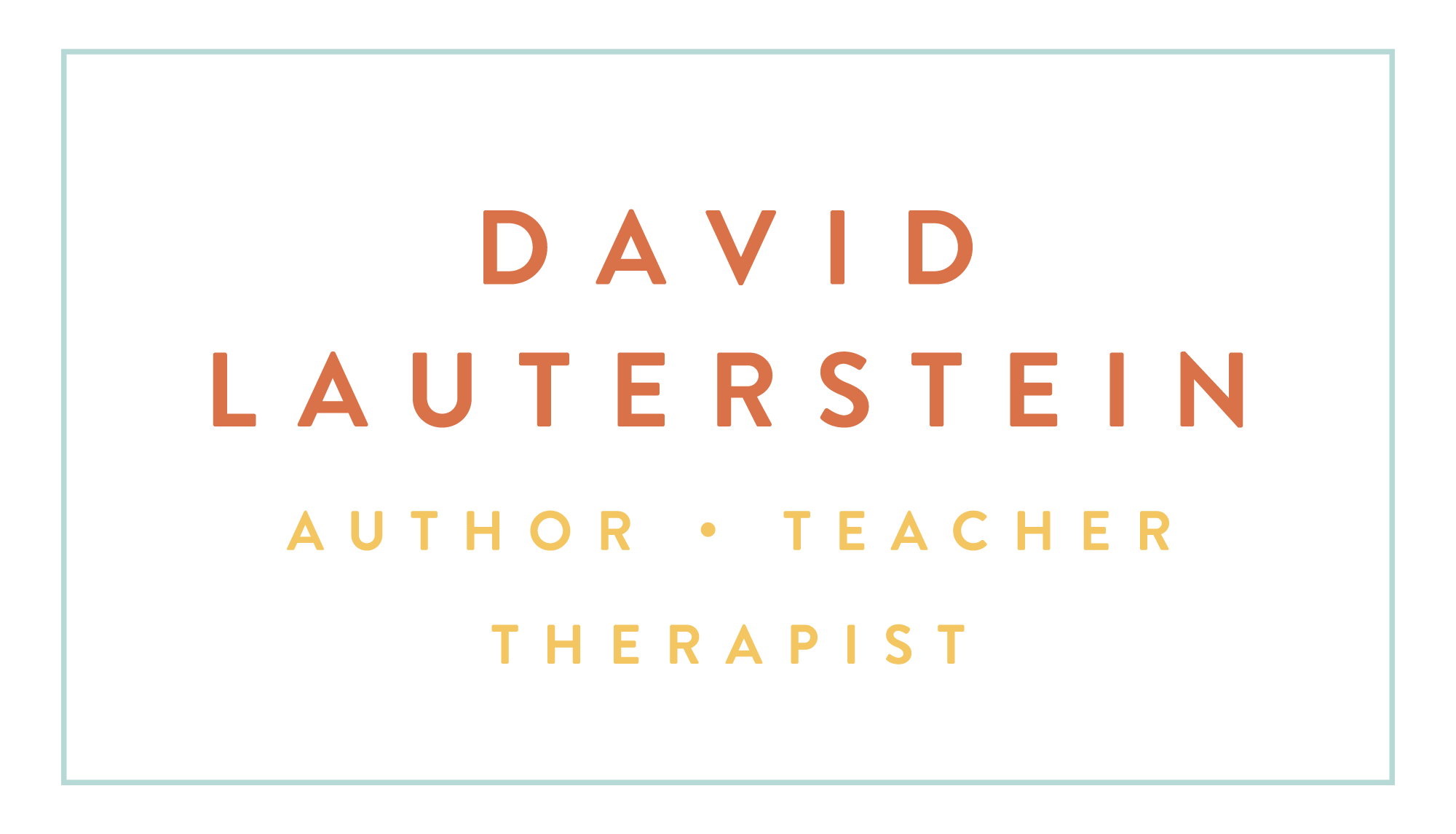THE "WORLD LINE" IN BODYWORK
– a far-out-on-the-limb kind of reflection
Today I encountered a new and exciting term while writing a new on-line course.
It is “WORLD LINE.”
I was thinking and writing about how to move responsively to the body - we need to move in curves rather than straight lines, because natural structures are all curved. A straight line is kind of fiction of geometry.
Then I visualized more deeply. Since we are three-dimensional, the curves we make in movement are three-dimensional ones. And I searched ‘Curve” in Wikipedia.
Here was the line that caught my attention:
"…there are obvious examples such as the helix which exist naturally in three dimensions. The needs of geometry, and also for example classical mechanics are to have a notion of curve in space of any number of dimensions. In general relativity, a world line is a curve in spacetime."
Intrigued, I then looked up “world line.” And found this passage:
"In physics, the world line of an object is the path of that object in 4-dimensional spacetime, tracing the history of its location in space at each instant in time. The concept of "world line" is distinguished from the concept of "orbit" or "trajectory" (such as an orbit in space or a trajectory of a truck on a road map) by the time dimension, and typically encompasses a large area of spacetime wherein perceptually straight paths are recalculated to show their (relatively) more absolute position states — to reveal the nature of special relativity or gravitational interactions. The idea of world lines originates in physics and was pioneered by Hermann Minkowski.
However, world lines are also a general way of representing the course of events. The use of it is not bound to any specific theory. Thus in general usage, a world line is the sequential path of personal human events (with time and place as dimensions) that marks the history of a person perhaps starting at the time and place of one's birth until one's death."
This in turn reminded me of a person I encountered years ago. His name was Gotthard Gunther. He was a professor at University of Illinois when I went there many years ago. He was a originator of what he called a “many-valued” logic. Most logic and most computers are basically binary. Something is either true or false – it’s “A” or not “A”. But Gunther said, life is unique in that something stays itself by becoming different than itself. We stay alive by our “A” becoming different, therefore, we need to be not “A” in order to remain “A”. I have to change to stay this living growing “David.” So Gunther said, we need a logic which can embody what life really does.
Life inhabits a “world line,” one that we trace and effect and change by our actions and our encounters with the world around us.
So I think perhaps this knowledge that we are working on “world lines” – almost like 4-dimensional meridians in space time – can make the effects of our work even more transformational and healing.
Pavel Tchelitchew - Bodies Seen and Unseen

